Linking on-farm hatching with higher welfare standards
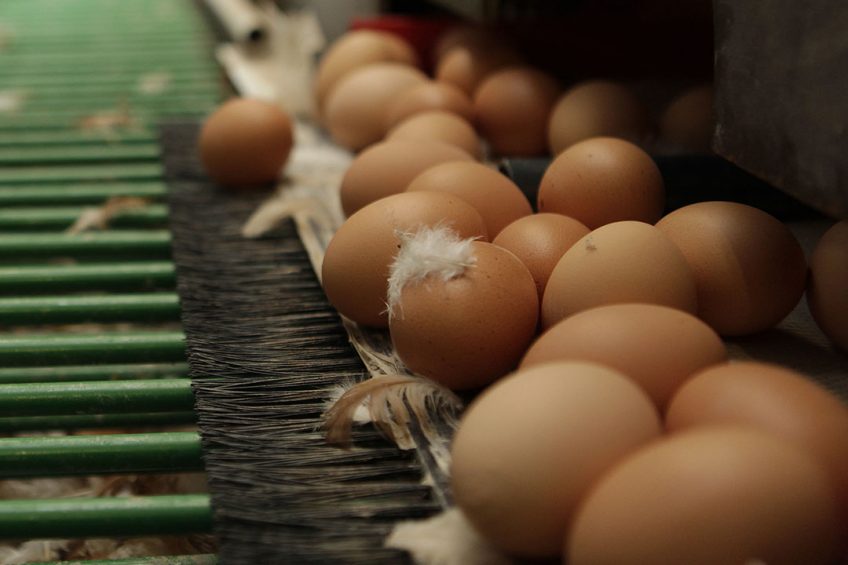
German broiler farmer Marco Steinz believes his decision to switch to on-farm hatching is helping him meet higher welfare criteria.
Two years ago Mr Steinz, who farms more than 200,000 broilers in Saxony with his wife Doreen, switched to on-farm hatching using the Vencomatic X-Treck system.
Stable poultry prices
Mr Steinz, who has worked in Germany for the last 2 decades started his employment as a branch manager of 2 dairy farms but always felt he would move into poultry.
“I always had a hunch that one day, I would keep chickens. Poultry prices are much more stable than dairy stock prices. And German prices are stabler than in the Netherlands, because the Dutch market responds much quicker to foreign imports.”
In the Netherlands, poultry farmers have increasingly been switching to higher welfare standards such as “Beter Leven Kip or Goed Nest Kip”, but Marco believes that in Germany, Initiative Tierwohl (ITW) is particularly significant.
ITW mainly focuses on keeping fewer animals in the stables: 35 kilos per square metre, while normally, it is 39 and even 42 in other parts of Europe.
“In total, we have divided 208,000 licensed stable units across our 5 stables. Participating in ITW means we have to keep 21,000 fewer animals in our stables but ITW broilers do pay a bit better.”
ITW aims at a higher level of animal welfare, and Mr Steinz believes it fits nicely with on-farm hatching: “You’re no longer transporting recently hatched chicks, and that’s the biggest gain for Tierwohl. A stress-free start for the chicks is better for the animals and for me.
“It mean that ultimately, these chicks are stronger and hardly suffer from enterococcus. I hope the entire poultry sector will switch to on-farm hatching. As a sector, we can only survive if we take animal welfare into account and make sure the animals are healthy. But it also means the prices we get for our products have to be right.”
X-Treck
Mr Steinz believe the X-Treck is ideal for a business of his size because it sits at working height, meaning there are no racks on the floor and no looking for unhatched eggs on the stable floor.
He said the decision to switch was a big one but once the decision was taken all five stables were fitted and finished within three weeks, meaning the first eggs were able to arrive in January 2018.
Before the eggs hatched, Mr Steinz paid close attention to the ventilation, ensuring there was not too much wind blowing over the eggs and some adjustments were made.
There has been considerable interest among his colleagues in Saxony, and Mr Steinz and Vencomatic have held open days. Latest figures show that an average of 98% of eggs now hatch, which is “a good result,” according to the farmer.
 Beheer
Beheer

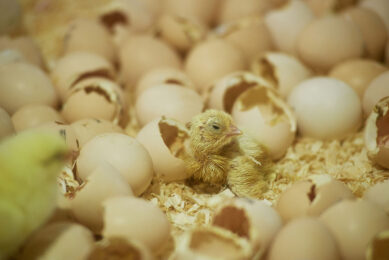
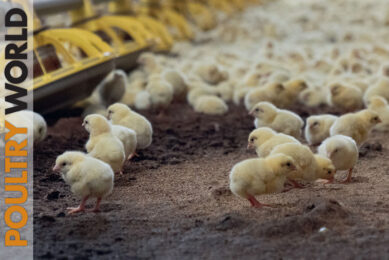
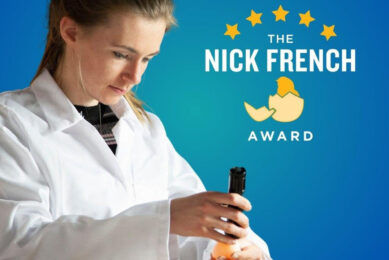
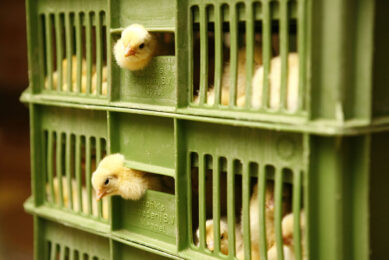



 WP Admin
WP Admin  Bewerk bericht
Bewerk bericht